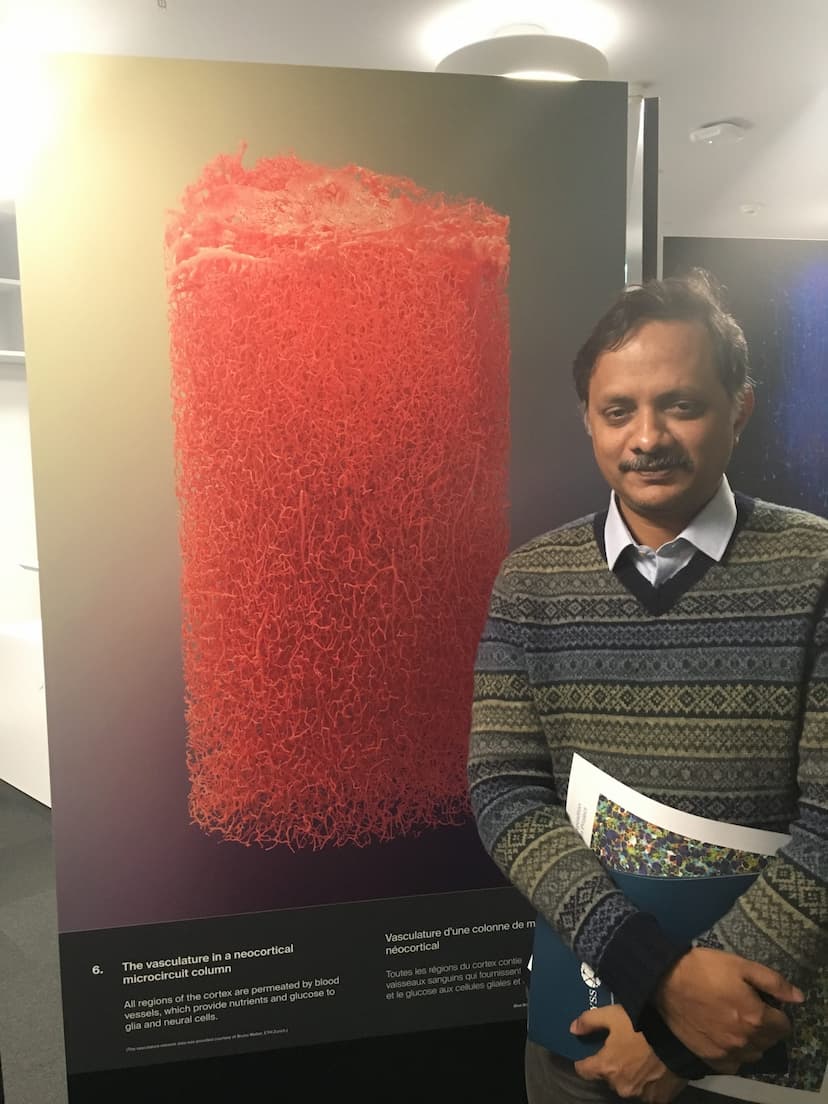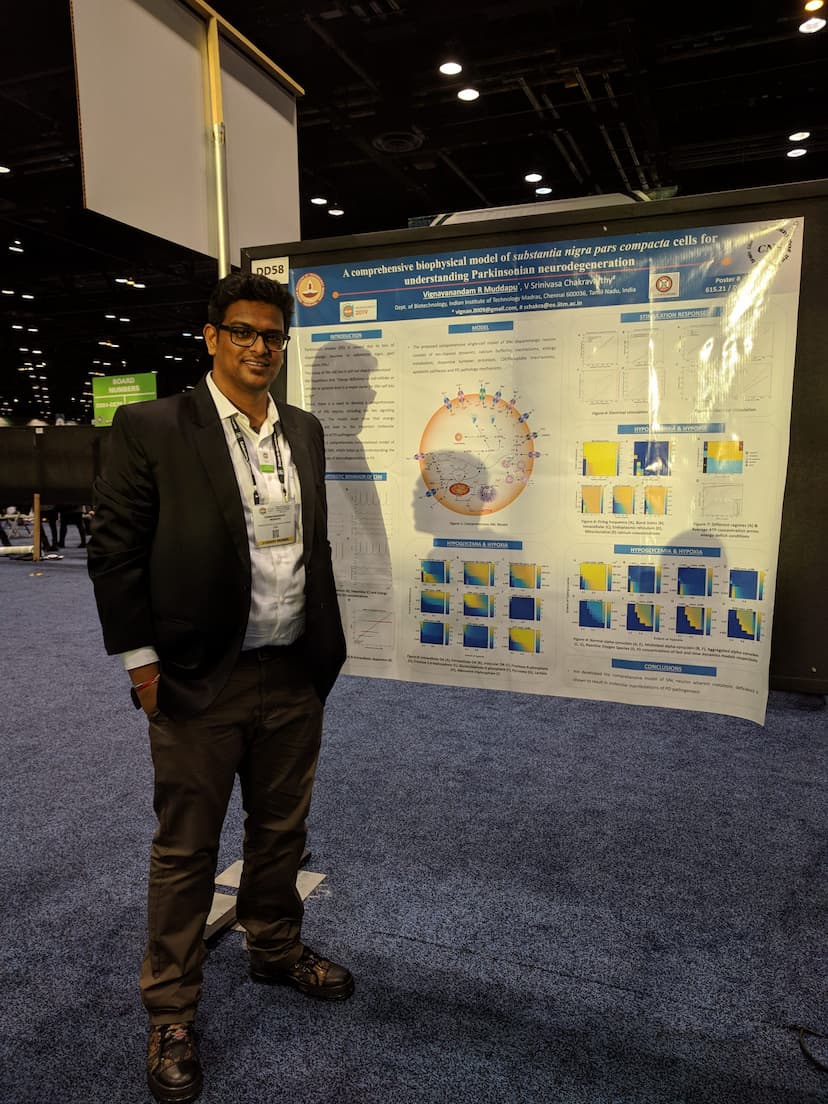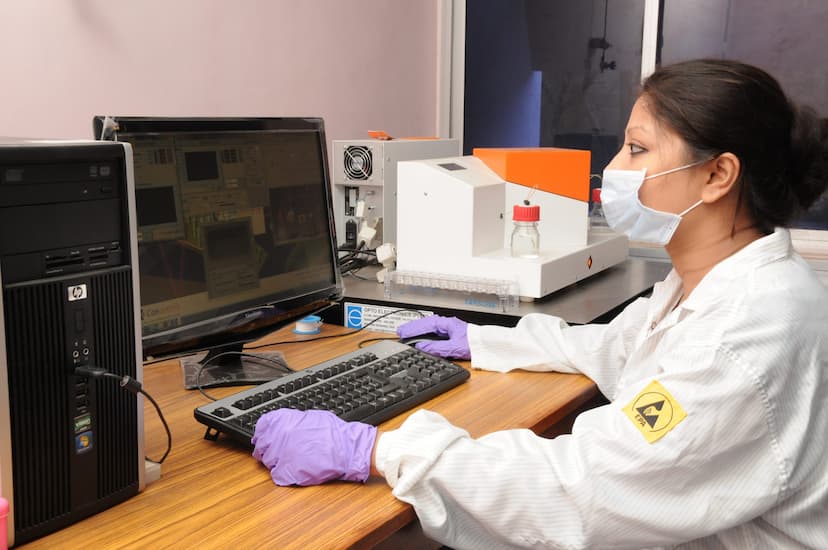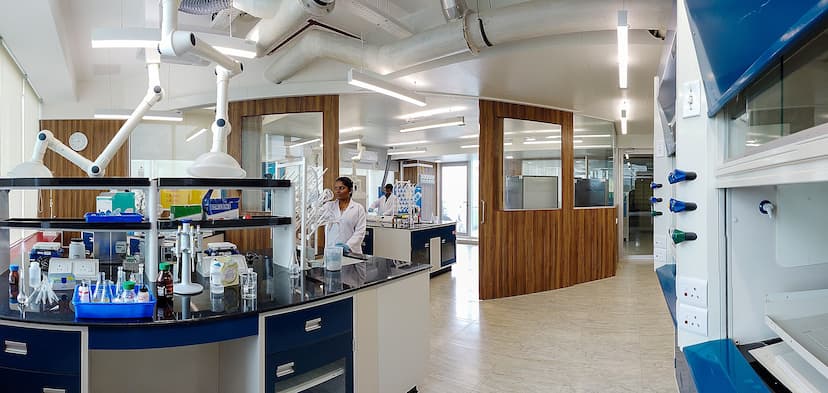IIT Madras researchers find great reason behind Parkinson's Disease

IIT Madras researchers found out what causes Parkinson’s Disease (PD).
Research by IIT Madras scientists revealed that energy deficiency in some brain cells is the major cause that leads to Parkinson’s Disease.


According to various sources, PD is the second most prominent neurodegenerative disease around the world after Alzheimer’s disease.
More than 200 years after it was first described by Dr. James Parkinson as “shaking palsy,” the world is still searching for a cure.
IIT Madras researchers find great reason behind Parkinson’s Disease
Currently, the medical community is mostly focused only on the management of the disease.

The innovative methodology and novel findings of this IIT Madras research will go a long way forward in understanding the pathophysiology of PD.
Although it is known that PD is caused by the loss of dopaminergic cells in substantia nigra pars compacta (SNc), the decisive cause of this inexorable cell loss has not clearly been elucidated before.
IIT Madras researchers developed a computational model that showed that energy deficiency might be a major cause of SNc cell loss in Parkinson’s Disease.

This computational modelling was developed by Dr. Vignayanandam Ravindernath Muddapu, who completed his Ph.D. recently at IIT Madras.
He finished his doctorate under the guidance of Professor V. Srinivasa Chakravarthy, Department of Biotechnology, IIT Madras.

The findings of this research have been published recently in the prestigious peer-reviewed International Journal Nature Scientific Reports.

Speaking about the research, Professor Srinivasa Chakravarthy of IIT Madras said while existing treatments manage PD symptoms – sometimes with great effect – a cure demands an understanding of the root cause of SNc cell loss.
‘This is the main question addressed in our work: What is the major underlying cause of SNc cell loss in PD?’
It is quite remarkable that loss of neurons in a small nucleus like SNc can have wide-ranging, devastating effects in all the four major domains of brain function – sensory-motor, cognitive, affective, and autonomous, said Professor Chakravarthy from IIT Madras.
The sequence of the three computational studies suggests that metabolic deficiency within the basal ganglia circuit is the common underlying factor at the subcellular, cellular, and network level in PD.
‘Thus, we have a reasonably comprehensive theory of the pathogenesis of Parkinson’s disease.’
This research was undertaken at IIT Madras Computational Neuroscience Laboratory, which aims to build a simplified model of the whole brain and use it to develop applications in medicine and engineering.
Professor Srinivasa Chakravarthy is the head of Computational Neuroscience Laboratory.
The computational model showed that: At the subcellular level, metabolic deficiency leads to changes like including alpha-synuclein aggregation, reactive oxygen species production, calcium elevation, and dopamine dysfunction, which are characteristic subcellular changes in Parkinson’s disease.
Building on the platform of this research, Professor Chakravarthy from IIT Madras and his team plan to develop a therapeutic computational testbench for PD, wherein the proposed model of SNc will be the center of a larger framework.
This will link cellular-level dysfunctions to behavioural-level abnormalities.
Moving forward in the next five years, this type of framework will help in providing personalized medicine for PD patients rather than the currently employed trial and error approach.

The institute has already made considerable progress on improving the number of women students, faculty, staff and creating opportunities for success.
This program will help to build on the progress achieved so far and accelerate further progress.
The program will make grants each year to accelerate women technologists’ careers as well as provide a supportive environment for women to thrive at IIT Madras.
IIT Madras is planning to raise $2 million endowment by the end of 2021, which will provide annual grants to support programmes taken by women to thrive at IIT Madras.
In the first year alone, the Endowment Fund aims to grant Rs. 70 lakhs for various initiatives.
This sum will be raised through Alumni and CSR grants.
Corporate and alumni looking to contribute to this initiative can do so through ‘https://joyofgiving.alumni.iitm.ac.in/endowments/other/women-leading-iitm-endowment’
Professor Ligy Philip, Dean (Planning) at IIT Madras said the ‘Women Leading IITM’ is a well-thought-out initiative by IIT Madras, with support from IITM Foundation, to nurture, develop and support women talent at IITM.
This program will definitely help the women talent of IIT Madras to excel in their fields and come out as S&T leaders, said Professor Ligy.
The intentions of ‘Women Leading IITM programme are:
$ Increasing the percentage of women faculty in Assistant Professorships to 20% from the current 15%
$ Generating 30% of all faculty applications from Women candidates
$ Grantees expected to graduate to leadership roles within IITM
$ Next-generation ambassadors for enabling a gender-balanced IITM
$ Establish an award for Women Faculty in Leadership (Institute already has awards for staff in leadership and given the good presence of women in staff, many have been getting it over the years)
Speaking about the initiative, IIT Madras director Professor Bhaskar Ramamurthi said IIT Madras has made good progress in the last several years in increasing the percentage of women in the student population, from the UG level all the way up to the doctoral programme.
The participation of women in the non-teaching staff is also very good, and we are making every effort to close the gap in the case of faculty.
The WLI programme will be a powerful catalyst to enable us to reduce the hurdles faced by women students, faculty and staff at IIT Madras to achieve their full potential, said Professor Ramamurthi.
The endowment will provide opportunities for alumni to further gender diversity and support women role models at IIT Madras.
Various batches of the alumni have already started supporting with commitments including the Classes of ‘90 and ‘95 reunion gifts and leadership gift from a Distinguished Alumnus as well as Google Alumni.
Speaking about the programme, Mr G.D.S. Ramkumar, a BTech student of IIT Madras from class of 1990 and board member of IIT Madras Foundation said he and his wife are proud to support this visionary programme.
The programme aims to increase the representation of women as leaders at IIT Madras.
I owe a deep debt of gratitude to my B.Tech thesis advisor Professor Kamala Krithivasan who became the first woman Head of the Department at IIT Madras, leading the Department of Computer Science in 1993.
Thanks to what I learnt from her and my teachers at IIT Madras, I graduated with a sense that if I worked hard enough, I could succeed at anything.

Ms. Rohini Chakravarthy of BTech class of 1993 and also a board member of IIT Madras Foundation said
IIT Madras has had a progressive vision right from the start welcoming its first woman faculty member in 1962, and graduating its first women undergraduate and Ph.D students in the 1960s.
While women have been a minority at IITM, but there have been many exemplary leaders among them over the years.
The alumni of IITM felt that we could help our alma mater by putting in place a series of grants that honour promising leaders among students, staff, and faculty and catalyze programs that help women thrive at IITM.
What better time to do it than on International Women’s Day, she said.
S Vishnu Sharmaa now works with collegechalo.com in the news team. His work involves writing articles related to the education sector in India with a keen focus on higher education issues. Journalism has always been a passion for him. He has more than 10 years of enriching experience with various media organizations like Eenadu, Webdunia, News Today, Infodea. He also has a strong interest in writing about defence and railway related issues.






